AN ELEMENTARY SCHOOL CLASSROOM IN A SLUM for Class 12 ENGLISH
THEME
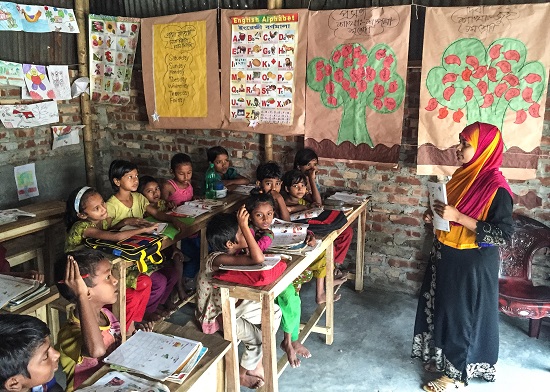
An Elementary School Classroom in a Slum concentrates on themes of social injustice and class inequalities. It highlights how these kids have no future and there are dark skies above them; it also highlights that these kids are devoid of any reasonable opportunities out of their dark future.
THEME
An Elementary School Classroom in a Slum concentrates on themes of social injustice and class inequalities. It highlights how these kids have no future and there are dark skies above them; it also highlights that these kids are devoid of any reasonable opportunities out of their dark future.
EXPLANATION
Yeh kavita darshati hai ki kis prakaar chote gareeb bacho ko samaajik anyaay aur asamaanta ka shikaar hona pdta hai. Yeh kavita darshati hai ki kis prakaar in bacho ka bhavishya kaala hai aur inke paas khud ko aur khud ke bhavishye ko badalne ka koi avsar nahi hai.
EXPLANATION
यह कविता दर्शाती है कि किस प्रकार छोटे गरीब बच्चो को समाजिक अन्याय और असमानता का शिकार होना पड़ता है। यह कविता दर्शाती है कि किस प्रकार इन बच्चो का भविष्य काला है और इनके पास कोई अवसर नहीं है खुद को और खुद के भविष्य को बदलने का।
ABOUT THE POET

Stephen Spender (1909-1995) was an English poet and an essayist. He left Oxford University College without taking a degree and went to Berlin in 1930. Spender took a keen interest in politics and declared himself to be a socialist and pacifist. Books by Spender include "Poems of Dedication", "The Edge of Being", "The Creative Element", "The Struggle of the Modern", and an autobiography named "World Within World".
ABOUT THE POET

Stephen Spender (1909-1995) was an English poet and an essayist. He left Oxford University College without taking a degree and went to Berlin in 1930. Spender took a keen interest in politics and declared himself to be a socialist and pacifist. Books by Spender include "Poems of Dedication", "The Edge of Being", "The Creative Element", "The Struggle of the Modern", and an autobiography named "World Within World".
EXPLANATION
Stephen Spender (1909-1995) ek English bhasha ke kavi aur nibandhkaar the. Vo Oxford College chodkar apni graduation poori kiye bina hi 1930 me Berlin chale gaye the. Spender ko politics mein kaafi interest tha aur voh khud ko ek socialist and pacifist insaan kehna pasand karte the. Spender ki mashhoor kitabo mei se kuch hai “Poems of Dedication”, “The Edge of Being”, “The Creative Element”, “The Struggle of the Modern”. Inke alava ek aatmkatha bhi hai jiska naam hai “World Within World”.
EXPLANATION

स्टीफन स्पेंडर (1909-1995) एक अंग्रेजी कवि और निबंधकार थे। उन्होंने बिना डिग्री लिए ही ऑक्सफोर्ड यूनिवर्सिटी छोड़ दी और 1930 में बर्लिन चले गए। स्पेंडर ने राजनीति में गहरी दिलचस्पी ली और खुद को समाजवादी और शांतिवादी घोषित किया। स्पेंडर की किताबों में "पोएम्स ऑफ डेडिकेशन", "द एज ऑफ बीइंग", "द क्रिएटिव एलीमेंट", "द स्ट्रगल ऑफ द मॉडर्न" और एक आत्मकथा, "वर्ल्ड विद इन वर्ल्ड" शामिल हैं।
STANZA 1
Far far from gusty waves these children’s faces.
Like rootless weeds, the hair torn round their pallor:
The tall girl with her weighed-down head. The paper seeming
Boy, with rat’s eyes. The stunted, unlucky heir
Of twisted bones, reciting a father’s gnarled disease,
His lesson, from his desk. At back of the dim class
One unnoted, sweet and young. His eyes live in a dream,
Of squirrel’s game, in tree room, other than this. 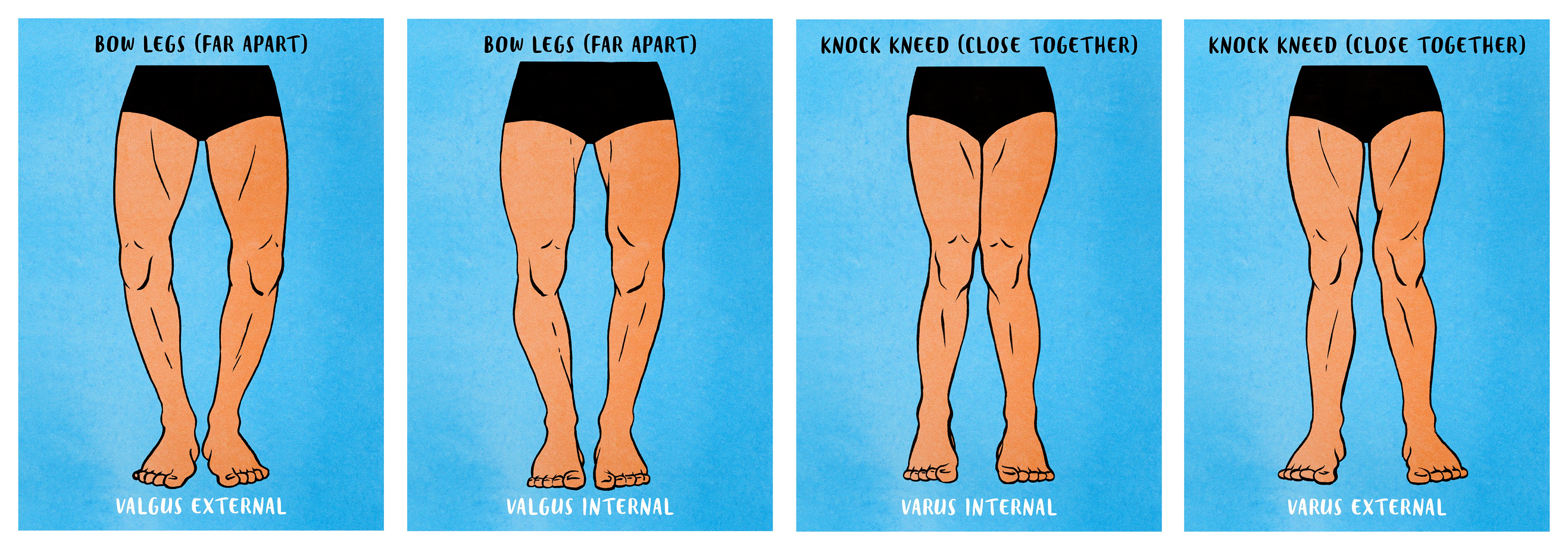
STANZA 1
Far far from gusty waves these children’s faces.
Like rootless weeds, the hair torn round their pallor:
The tall girl with her weighed-down head. The paper seeming
Boy, with rat’s eyes. The stunted, unlucky heir
Of twisted bones, reciting a father’s gnarled disease,
His lesson, from his desk. At back of the dim class
One unnoted, sweet and young. His eyes live in a dream,
Of squirrel’s game, in tree room, other than this. 
IMPORTANT WORDS
Gusty waves: Breezy winds, तेज ठंडी हवा
Pallor: Pale, dull face; पीला बेरंग चेहरा
Stunted: Not fully grown due to malnutrition; कुपोषण की वजह से विकास ना होना
Gnarled: Knotted, rough; ऐंठा हुआ
Weeds: Unwanted plants that grow on their own; जंगली घास
Paper seeming boy: Very thin boy, as thin as a sheet of paper; बहुत पतला लड़का
Heir: Successor; jisko virasat milti hai; वंश
IMPORTANT WORDS
Gusty waves: Breezy winds, तेज ठंडी हवा
Pallor: Pale, dull face; पीला बेरंग चेहरा
Stunted: Not fully grown due to malnutrition; कुपोषण की वजह से विकास ना होना
Gnarled: Knotted, rough; ऐंठा हुआ
Weeds: Unwanted plants that grow on their own; जंगली घास
Paper seeming boy: Very thin boy, as thin as a sheet of paper; बहुत पतला लड़का
Heir: Successor; jisko virasat milti hai; वंश
EXPLANATION
Inn lines mei kavi kehte hain ki in bacho ke chehre hasti khelti tez hawa ke jhonko se kafi door hai. Aisa lagta hai maano ye bache jungli ghaas jaise ho jinko koi pasand nhi karta, aur inke baal inke murjhaye hue chehre par bikhre hue hain. Ek lambi height wali ladki apna sir jhukaye khadi hai kyuki woh gareebi ke bojh se thak chuki hai aur ek kaagaz jitna patla ladka jisne aajtak shayad theek se khana nhi khaya, usko apne papa se rickets ki beemari virasat me mili hai. Uss bache ki ankho mei laalach saaf dikh rha hai. Class ke end me ek bacha baitha hai jispar koi dhyan nahi de rha. Yeh bacha apne khwabo ki alag hi ek duniya me gumm hai. Aur woh squirrel ki tarah apni marzi se bahar ghoomna chahta hai.
EXPLANATION
इन पंक्तियों में कवि कहता है कि इन बच्चो के चेहरे हंसती खेलती तेज़ हवा के झोंको से काफी दूर है। उनके चेहरे पर उदासी है। ऐसा लगता है मानो ये बच्चे जंगली घास जैसे हो जिनको कोई चाहता नहीं और इनके बाल इनकी पीली शक्लो पर बिखरे है। एक लम्बी लड़की अपना सर झुकाये खड़ी है, वह गरीबी से बोझिल है और एक कागज़ जितना पतला लड़का जिसको अपने पापा से रिकेट्स की बीमारी विरासत में मिली है, वो पाठ पढ़ रहा है। क्लास के एक कोने में एक बच्चा बैठा है, जिस पर कोई ध्यान नहीं दे रहा। यह बच्चा गिलहरियों के खेल और ट्रीहाउस का तमाशा देखने के ख्यालों में गुम है।
STANZA 2

On sour cream walls, donations. Shakespeare’s head,
Cloudless at dawn, civilized dome riding all cities.
Belled, flowery, Tyrolese valley. Open-handed map
Awarding the world its world. And yet, for these
Children, these windows, not this map, their world,
Where all their future’s painted with a fog,
A narrow street sealed in with a lead sky
Far far from rivers, capes, and stars of words. 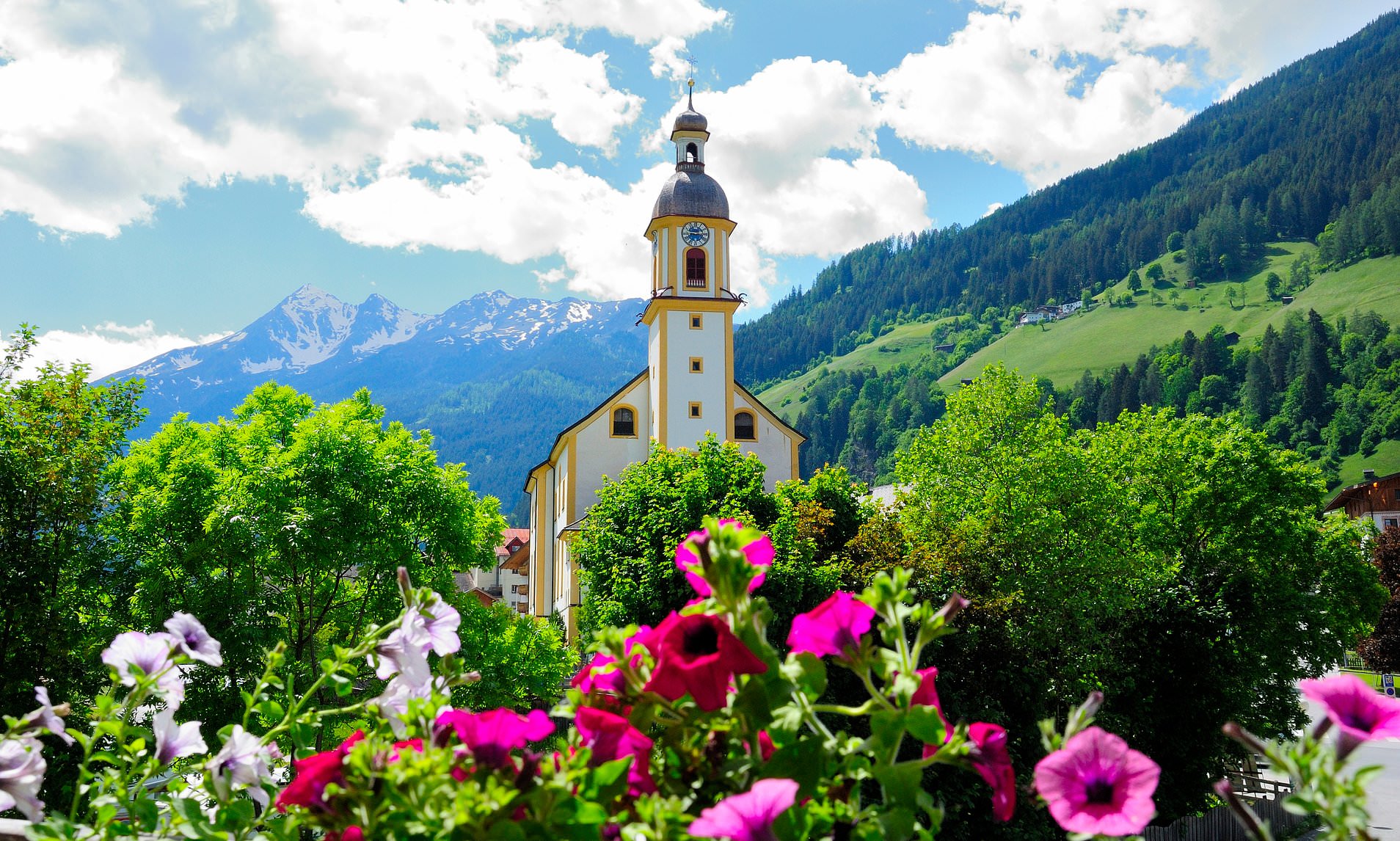

STANZA 2

On sour cream walls, donations. Shakespeare’s head,
Cloudless at dawn, civilized dome riding all cities.
Belled, flowery, Tyrolese valley. Open-handed map
Awarding the world its world. And yet, for these
Children, these windows, not this map, their world,
Where all their future’s painted with a fog,
A narrow street sealed in with a lead sky
Far far from rivers, capes, and stars of words. 

IMPORTANT WORDS
Sour: Unpleasant, here refers to the colour of sour cream- off white or creamish; अप्रिय
Donations: Things given or received in charity; दान
Dawn: Early morning, sunrise; सुबह
Civilized dome: Here, it means rising sun at the horizon which is in the shape of a dome (semi - circle); सभ्य गुंबद
Sealed: Shut or locked; बंद
Capes: A large piece of land that sticks out into the sea from the coast; आईलैंड की तरह
IMPORTANT WORDS
Sour: Unpleasant, here refers to the colour of sour cream- off white or creamish; अप्रिय
Donations: Things given or received in charity; दान
Dawn: Early morning, sunrise; सुबह
Civilized dome: Here, it means rising sun at the horizon which is in the shape of a dome (semi - circle); सभ्य गुंबद
Sealed: Shut or locked; बंद
Capes: A large piece of land that sticks out into the sea from the coast; आईलैंड की तरह
EXPLANATION
Inn lines mei kavi kehna chahte hain ki kaksha ki deewaro ka rang mayusi ko darshata hai. In deewaro par posters lage huye hai jo ki logo dvara daan mei diye gaye the. Deewar par Shakespeare ka poster laga hua ha. Yeh ek irony hai kyuki bache Shakespeare ki poem aur uski kalaa nahi samajh sakte toh iska yaha hona ek tarah se bewajah hai. Ek aur poster hai sundar badalo ke saath sheher mei ugte sooraj ka. Lekin iss classroom me or in bacho ki zindagi mei toh sirf andhera hi hai isliye yeh bhi ironical hai. Ek Tyrolese Valley ki badi sundar photo bhi lagi hui hai wall par jisme flowers hai, church aur uski bell bhi hai. Ek duniya ka naksha bhi laga hai, lekin tab bhi in bacho ke liye to inka sansaar inki jhuggi-jhupdiyo tak hi seemit hai. Inka bhavishya dhundh se dhaka hua hai aur inn patli galliyo mei hi inka asmaan hai. Sundar nazare or khula asmaan inki zindagi se bohot dur hai.
EXPLANATION
इन पंक्तियों में कवि कहता है कि कक्षा की दीवारों का रंग मायूसी को दर्शाता है। इन दीवारों पर जो लोगों ने दान में पोस्टर दिए है वो लगे है। दीवार पर शेक्सपियर का पोस्टर लगा हुआ है। यह एक विडंबना है क्योंकि बच्चे शेक्सपियर की कविता और उसकी कला नहीं समझ सकते तो इसका यहां होना बेवजह है। सुन्दर बादलों के साथ शहर में सूर्योदय का एक और पोस्टर है। लेकिन इस क्लासरूम में और इन बच्चों की ज़िन्दगी में तो सिर्फ अँधेरा ही है। एक तिरोलेसे वैली की बड़ी सुन्दर तस्वीर भी दीवार पर टंगी हुई है जिसमें बहुत ही खूबसूरत फूल है, साथ ही एक चर्च का भी पोस्टर है। एक दुनिया का नक्शा भी लगा है लेकिन तब भी इन बच्चो के लिए तो इनका संसार इनकी झुग्गी झोपड़ियों में ही बसा हुआ है। इनका भविष्य धुंध से ढका हुआ है और इन पतली गलिओं में ही इनका आसमान है। सुंदर नज़ारे और खुला आसमान इनकी ज़िन्दगी से बहुत दूर है।
STANZA 3
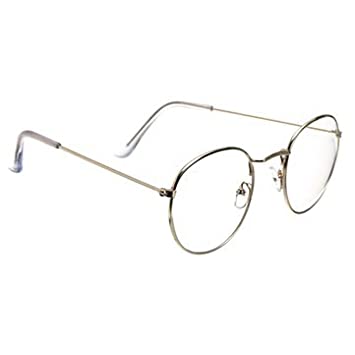
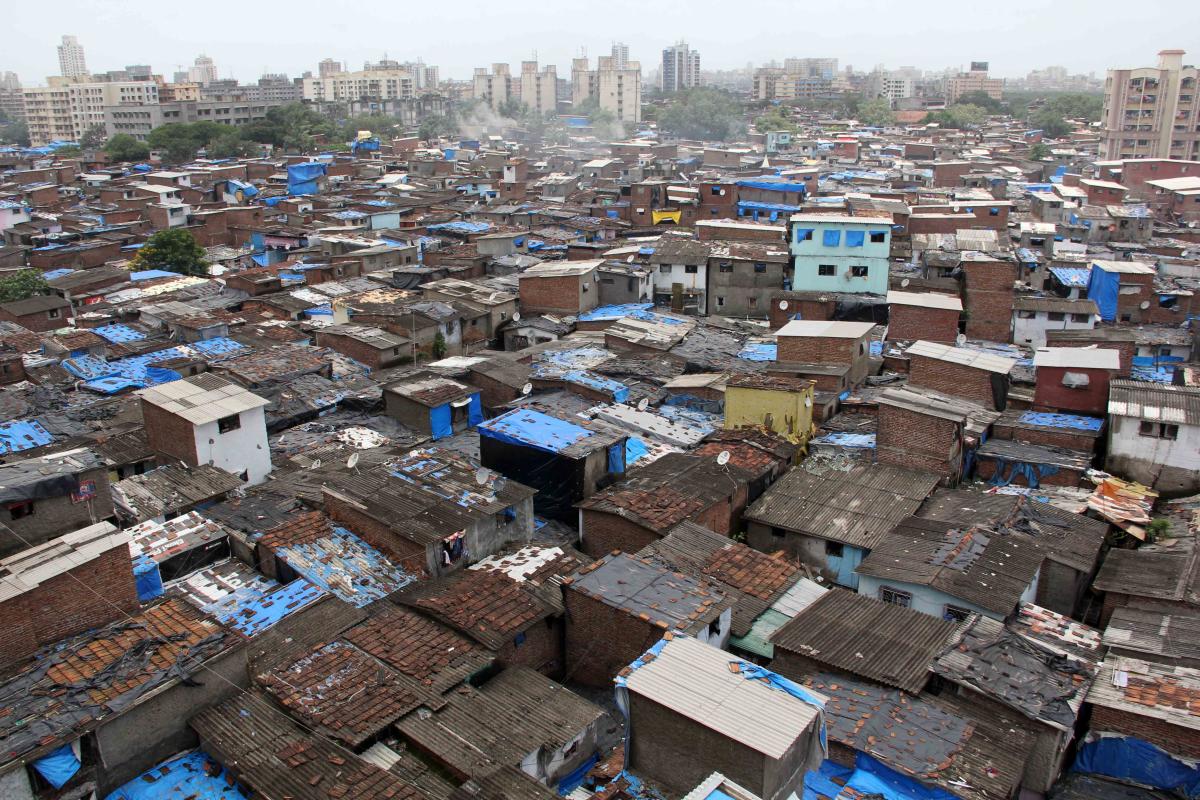
Surely, Shakespeare is wicked, the map a bad example,
With ships and sun and love tempting them to steal --
For lives that slyly turn in their cramped holes
From fog to endless night? On their slag heap, these children
Wear skins peeped through by bones and spectacles of steel
With mended glass, like bottle bits on stones.
All of their time and space are foggy slum.
So blot their maps with slums as big as doom 
STANZA 3


Surely, Shakespeare is wicked, the map a bad example,
With ships and sun and love tempting them to steal --
For lives that slyly turn in their cramped holes
From fog to endless night? On their slag heap, these children
Wear skins peeped through by bones and spectacles of steel
With mended glass, like bottle bits on stones.
All of their time and space are foggy slum.
So blot their maps with slums as big as doom 
IMPORTANT WORDS
Wicked: Evil; बुरा
Tempted: Persuade; लालच
Slyly: Trickily; धोखाधड़ी से
Cramped: Confined; छोटा, संकुचित
Slag: Weak, waste material left after metal is extracted; चट्टान में से धातु निकाल लेने के बाद बचा कचरा या मल
Mended: Repaired; जोड़ा गया
Blot: To mark with a spot; धब्बा
Doom: Disaster; मौत, विपदा
IMPORTANT WORDS
Wicked: Evil; बुरा
Tempted: Persuade; लालच
Slyly: Trickily; धोखाधड़ी से
Cramped: Confined; छोटा, संकुचित
Slag: Weak, waste material left after metal is extracted; चट्टान में से धातु निकाल लेने के बाद बचा कचरा या मल
Mended: Repaired; जोड़ा गया
Blot: To mark with a spot; धब्बा
Doom: Disaster; मौत, विपदा
EXPLANATION
Inn lines mei kavi kehna chahte hain ki yeh jo William Shakespeare ki photo aur yeh map hai, yeh sab bhadde udharhan hai in bacho ke liye kyuki yeh bache yeh sab kalpana nahi karte aur khud ko inse jodkar nahi dekh sakte. Yeh sab cheezein inhe chori krne ke liye uksaati hain. Inki khud ki zindagiya toh choti si jhopad-patti me guzar jaati hai; inka jeevan dhundh(fog) se dhaki andheri raat jesa hai, jisme koi subha ki kiran nahi hai. Iska matlab hai ki inka jeevan bas andhere se dhaka hai, aur isme koi asha ki kiran nahi hai. Yeh itne kuposhit(Malnourished) hain ki aisa lagta hai inki twacha me se inki haddiya dikh rahi ho. Inke chashme steel ke hai aur bas kisi tareeke se jod rakhe hai. Inka sara jeevan isi dhundhli jagah me beet jayega isliye Yeh indicate karta hain ki unki present conditions se bachna sambhav nahi hai.
EXPLANATION
इन पंक्तियों में कवि कहता है कि यह जो शेक्सपियर की फोटो, यह मैप, ये सब इन बच्चो के लिए भद्दे उद्धारहण है। यह बच्चे ये सब कल्पना नहीं करते और खुद को इनसे जोड़कर नहीं देख सकते हैं। ये सब चीज़ें इन्हे चोरी करने के लिए उकसाती हैं। इनकी खुद की जिंदगी तो छोटे से झोपड़-पट्टी में गुज़र जाती है। इनका जीवन धुंध से ढकी अँधेरी रात के समान है जिसमें कोई सुबह की किरण नहीं आती है| अर्थात कवि कहना चाहते हैं कि उनके जीवन में सिर्फ अंधेरा है और आशा की किरण नहीं है। ये इतने कुपोषित हैं कि ऐसा लगता है इनकी त्वचा में से इनकी हड्डियां दिख रही हों। इनके चश्मे स्टील के है और जैसे तैसे उन्हें जोड़कर यह काम चला रहे हैं। इनका सारा जीवन इसी धुंधली जगह में बीत जायगा इसलिए इनके सामने लगे नक़्शे को भी इनकी सचाई दिखानी चाहिए।
STANZA 4

Unless, governor, inspector, visitor,
This map becomes their window and these windows
That shut upon their lives like catacombs,
Break O break open till they break the town
And show the children to green fields, and make their world
Run azure on gold sands, and let their tongues
Run naked into books the white and green leaves open
History theirs whose language is the sun.
STANZA 4

Unless, governor, inspector, visitor,
This map becomes their window and these windows
That shut upon their lives like catacombs,
Break O break open till they break the town
And show the children to green fields, and make their world
Run azure on gold sands, and let their tongues
Run naked into books the white and green leaves open
History theirs whose language is the sun.
IMPORTANT WORDS
Catacombs: Tomb, cemetery; कब्र के पास का रास्ता
Azure: Deep blue; नीला
IMPORTANT WORDS
Catacombs: Tomb, cemetery; कब्र के पास का रास्ता
Azure: Deep blue; नीला
EXPLANATION
Poet yeh kehta hai ki jabtak koi bada officer yaha aakar is school ki halat nahi dekhega, tab tak yaha kuch bhi behtar nahi hoga. Yeh dukh bhari baat hai ki yeh naksha in bacho ke liye bahari duniya ki khidki hai jo unke muh pr band ho jati hai kyuki unki schai sirf andhera hai. Inke sapne ek kabr ki tarah hai. Kavi yeh vinti karta hai ki koi officer aakar in logo ki khidkiya tod de aur inhe bahar lekar jaaye. Zindagi me inhe lakshya de aur aasha de. In bacho ko ek mauka dena chahiye ki woh apni kabiliyat ke anusar zindagi mei kuch kar payein. Unko avsar diye jane chahiye. Itihaas vahi log rachte hai jo sooraj ki tarah khud jalkar dusro ko roshni pahuchatein hai.
EXPLANATION
लेखक यह कहता है कि जब तक कोई बड़ा ऑफिसर यहाँ आकर इस स्कूल की हालत नहीं देखेगा तब तक यहाँ कुछ भी बेहतर नई होगा। यह दुखभरी बात है कि यह नक्शा इन बच्चों के लिए बाहरी दुनिया की खिड़की है जो उनके मुंह पर बंद हो जाती है। क्योंकि उनकी सचाई सिर्फ अँधेरा है। इनके सपने एक कब्र की तरह है। कवि यह विनती करता है कि कोई ऑफिसर आकर इन लोगो की खिड़किया तोड़ दे और इन्हे बहार लेकर जाए। ज़िन्दगी में इन्हे लक्ष्य दें और आशा दें। इन बच्चों को एक मौका देना चाहिए कि वह अपनी काबिलियत के अनुसार ज़िन्दगी में कुछ कर पाएं। उनको अवसर मिलना चाहिए। इतिहास वही लोग रचते हैं जो सूरज की तरह खुद जलकर दूसरों को रोशनी पहुचांते है।
SUMMARY
SUMMARY
EXPLANATION
EXPLANATION
LITERARY DEVICES
LITERARY DEVICES
QUESTION ANSWERS
1. What do you think is the color of ‘sour cream’? Why do you think the poet has used this expression to describe the classroom walls?
ANSWER: The walls are sour meaning they don't fit into the taste of the classroom. They don't justify or are unpalatable to what is inside. Here, sour refers to the color of sour cream - off-white or creamish. They have posters in donations given by others. The color of the walls is dull, like the dejection in the eyes of the children.
2. The walls of the classroom are decorated with pictures of ‘Shakespeare’, ‘buildings with domes’, ‘world maps’, and beautiful valleys. How do these contrast with the world of these children?
ANSWER :The walls have posters given in donations by others. There is an image of a bald Shakespeare whose head seems like the rising sun. It is an irony because the students are clearly not interested nor equipped to appreciate Shakespeare's art, so the focus becomes his head. The rising sun is in all cities, everywhere, but in the classroom, it's absent. The classroom is dim. There is a picture of the scenic Tyrolese Valley with flowers and bells. There is an open-handed map that tells the world that this is the world. However, for the children, the world is not on the map but outside their dimly lit classroom, through the windows. Their world is a slum and in it, their future is unclear and dark as the fog in the streets.
3. What does the poet want for the children of the slums? How can their lives be made to change?
ANSWER: The poet wants a governor, or an inspector, or a special visitor to visit these indigent schools and take care of the infrastructure and teaching facilities. The poet earnestly requests the authorities to break open the doors or windows and take the children to green fields to raise their ambitions, their hopes and give them a purpose. Let them see the blue sky and golden sand; let their minds and tongue read books and grasp knowledge. The white leaves are white pages of books and green leaves stand for the beauty of nature. The children need to assimilate both in order to rise above their inherited deprivation.
QUESTION ANSWERS
1. What do you think is the color of ‘sour cream’? Why do you think the poet has used this expression to describe the classroom walls?
ANSWER: The walls are sour meaning they don't fit into the taste of the classroom. They don't justify or are unpalatable to what is inside. Here, sour refers to the color of sour cream - off-white or creamish. They have posters in donations given by others. The color of the walls is dull, like the dejection in the eyes of the children.
2. The walls of the classroom are decorated with pictures of ‘Shakespeare’, ‘buildings with domes’, ‘world maps’, and beautiful valleys. How do these contrast with the world of these children?
ANSWER :The walls have posters given in donations by others. There is an image of a bald Shakespeare whose head seems like the rising sun. It is an irony because the students are clearly not interested nor equipped to appreciate Shakespeare's art, so the focus becomes his head. The rising sun is in all cities, everywhere, but in the classroom, it's absent. The classroom is dim. There is a picture of the scenic Tyrolese Valley with flowers and bells. There is an open-handed map that tells the world that this is the world. However, for the children, the world is not on the map but outside their dimly lit classroom, through the windows. Their world is a slum and in it, their future is unclear and dark as the fog in the streets.
3. What does the poet want for the children of the slums? How can their lives be made to change?
ANSWER: The poet wants a governor, or an inspector, or a special visitor to visit these indigent schools and take care of the infrastructure and teaching facilities. The poet earnestly requests the authorities to break open the doors or windows and take the children to green fields to raise their ambitions, their hopes and give them a purpose. Let them see the blue sky and golden sand; let their minds and tongue read books and grasp knowledge. The white leaves are white pages of books and green leaves stand for the beauty of nature. The children need to assimilate both in order to rise above their inherited deprivation.
EXTRA QUESTIONS
1. What does Stephen Spender want for the children of the school in a slum?
ANSWER: The poet wishes for the children to be shown green fields and to be given the opportunity to live a free and carefree life. They will focus well on their studies because they are not worried. Only carefree people, according to the poet, construct history.
2. How does the poet describe the classroom walls?
ANSWER: The poet goes into great detail about the classroom. He claims that the classroom walls are cream in color. They have a sour cream aroma. They are adorned with several paintings, world maps, and Shakespeare paintings.
3. Whom does the poet appeal to change the life of the children for the better?
ANSWER: The chancellor, auditor, and visitors are urged by the poet to help the poor children. The poet wishes for the children to be shown green fields and to be given the opportunity to live a free and carefree life. They will focus on their studies without worry. Only carefree people, according to the poet, construct history.
4. Why does Stephen Spender say that the pictures and maps in the elementary school classroom are not meaningful?
ANSWER: According to the author, a bust of Shakespeare can be found in the school. Pictures of a large church and the Tyrolese valley with bell-shaped flowers can be found. There is an open-handed map that depicts all of the world's locations. Yet, ironically, for the children living in the slum, their environment consists solely of the scene visible outside their classroom window. Therefore, the pictures and maps on the wall are meaningless.
EXTRA QUESTIONS
1. What does Stephen Spender want for the children of the school in a slum?
ANSWER: The poet wishes for the children to be shown green fields and to be given the opportunity to live a free and carefree life. They will focus well on their studies because they are not worried. Only carefree people, according to the poet, construct history.
2. How does the poet describe the classroom walls?
ANSWER: The poet goes into great detail about the classroom. He claims that the classroom walls are cream in color. They have a sour cream aroma. They are adorned with several paintings, world maps, and Shakespeare paintings.
3. Whom does the poet appeal to change the life of the children for the better?
ANSWER: The chancellor, auditor, and visitors are urged by the poet to help the poor children. The poet wishes for the children to be shown green fields and to be given the opportunity to live a free and carefree life. They will focus on their studies without worry. Only carefree people, according to the poet, construct history.
4. Why does Stephen Spender say that the pictures and maps in the elementary school classroom are not meaningful?
ANSWER: According to the author, a bust of Shakespeare can be found in the school. Pictures of a large church and the Tyrolese valley with bell-shaped flowers can be found. There is an open-handed map that depicts all of the world's locations. Yet, ironically, for the children living in the slum, their environment consists solely of the scene visible outside their classroom window. Therefore, the pictures and maps on the wall are meaningless.
PREVIOUS YEAR QUESTIONS
1. How does the world depicted on the classroom walls differ from the world of the slum children?
ANSWER: On the classroom walls, there are several pictures and maps. They portray the world in a rather positive light. However, the lives of the children who live in the slum are ironically quite bleak. They have a wretched existence.
2. What message does Stephen Spender convey through the poem ‘An Elementary School Classroom in a Slum’?
ANSWER: The message expressed by this poem is that slum children should be provided with better facilities. They should be evicted from their hovels. Only then would they be able to contribute as people.
3. Summarize the poem ‘An elementary school in a slum’ in your own words.
ANSWER: In this poem, the poet describes some children. This school is in the midst of a slum. The children seated here present a rather depressing picture. Their hair is weed-like and strewn over their pale skin. The poet then goes on to describe a tall girl. Her head is bowed as she sits. There is a young boy who seems to be weak and frail. His eyes are similar to those of a rodent. Another boy suffers from a condition that causes swollen and twisted bones and joints. His condition is inherited from his father. A young and gentle boy sits in the back of the class, which the poet notes. Perhaps he's thinking about the squirrel's game. He may be wishing for such a tree-room for himself as well. The walls of the school, according to the author, are cream. They have a sour cream smell. In the school, there is a bust of Shakespeare. Pictures of a large church and the Tyrolese valley with bell-shaped flowers can be found. There is an open-handed map that depicts all of the world's locations. Yet, ironically, for the children living in the slum, their environment consists solely of the scene visible outside their classroom window.
PREVIOUS YEAR QUESTIONS
1. How does the world depicted on the classroom walls differ from the world of the slum children?
ANSWER: On the classroom walls, there are several pictures and maps. They portray the world in a rather positive light. However, the lives of the children who live in the slum are ironically quite bleak. They have a wretched existence.
2. What message does Stephen Spender convey through the poem ‘An Elementary School Classroom in a Slum’?
ANSWER: The message expressed by this poem is that slum children should be provided with better facilities. They should be evicted from their hovels. Only then would they be able to contribute as people.
3. Summarize the poem ‘an elementary school in a slum’ in your own words.
ANSWER: In this poem, the poet describes some children. This school is in the midst of a slum. The children seated here present a rather depressing picture. Their hair is weed-like and strewn over their pale skin. The poet then goes on to describe a tall girl. Her head is bowed as she sits. There is a young boy who seems to be weak and frail. His eyes are similar to those of a rodent. Another boy suffers from a condition that causes swollen and twisted bones and joints. His condition is inherited from his father. A young and gentle boy sits in the back of the class, which the poet notes. Perhaps he's thinking about the squirrel's game. He may be wishing for such a tree-room for himself as well. The walls of the school, according to the author, are cream. They have a sour cream smell. In the school, there is a bust of Shakespeare. Pictures of a large church and the Tyrolese valley with bell-shaped flowers can be found. There is an open-handed map that depicts all of the world's locations. Yet, ironically, for the children living in the slum, their environment consists solely of the scene visible outside their classroom window.
GLOSSARY
Pacifist(n): A person who believes that war and violence are unjustifiable; शांतिवादी
Gusty(adj): Characterized by or blowing in gusts; वातमय
Stunted(adj): Having been prevented from growing or developing properly; अवरुद्ध
Gnarled(adj): Knobbly, rough, and twisted, especially with age; ऐंठा हुआ
Slyly(adv): In a cunning and deceitful or manipulative manner; मक्कारी
Slag(n): Stony waste matter separated from metals during the smelting or refining of ore; धातु की तलछट
Mend(v): Repair (something that is broken or damaged); मरम्मत किया हुआ
Blot(v): Dry (a wet surface or substance) using an absorbent material; mark or stain (something); दाग लगाना
Catacombs(n): An underground cemetery consisting of a subterranean gallery with recesses for tombs, as constructed by the ancient Romans; भूगर्भ कब्रिस्तान
GLOSSARY
Pacifist(n): A person who believes that war and violence are unjustifiable; शांतिवादी
Gusty(adj): Characterized by or blowing in gusts; वातमय
Stunted(adj): Having been prevented from growing or developing properly; अवरुद्ध
Gnarled(adj): Knobbly, rough, and twisted, especially with age; ऐंठा हुआ
Slyly(adv): In a cunning and deceitful or manipulative manner; मक्कारी
Slag(n): Stony waste matter separated from metals during the smelting or refining of ore; धातु की तलछट
Mend(v): Repair (something that is broken or damaged); मरम्मत किया हुआ
Blot(v): Dry (a wet surface or substance) using an absorbent material; mark or stain (something); दाग लगाना
Catacombs(n): An underground cemetery consisting of a subterranean gallery with recesses for tombs, as constructed by the ancient Romans; भूगर्भ कब्रिस्तान